The SNP’s narrow victory in Dundee Central was one of the most talked-about moments of the general election.
The tight margin came against the backdrop of delays in postal votes being sent out for the snap vote which took place during Scotland’s school holidays.
BBC analysis found the return rate for postal ballots in the new Dundee seat was down compared to the last Westminster election in 2019.
But did the postal voting chaos play any significant part locally?
Postal voting compared with last election
Across Scotland, the number of people who registered to cast a remote ballot was up by 3%.
In 2019, the average return rate between Dundee West and Dundee East was 83.8%.
By comparison, just 79.3% of those who applied for a postal ballot in the new Dundee Central constituency ended up voting.
BBC analysis indicates an extra 696 votes could have been cast had the return rate remained the same as it was five years ago.
The SNP’s Chris Law won the seat – which went from being Scotland’s safest to the most marginal constituency – by a mere 675 votes.
‘Pretty unlikely’
Is there an even remote chance the debacle around postal voting could have stopped Labour from causing a huge upset?
Elections expert Allan Faulds, who runs the detailed Ballot Box Scotland site, is sceptical. He says Labour had too big a gap to make up to win the seat.
And there is no definitive evidence to suggest postal ballots locally would have been cast disproportionately against the nationalists.
Mr Faulds says: “It is pretty unlikely to have made a significant impact.
“You’d never get 100% of people voting for a particular party within those breakdowns.
“It might have made some of those majorities a bit narrower, but it probably wouldn’t have changed the actual outcome.
“Even if those votes had overwhelmingly gone to Labour, it’s not the 100% it needs to be.
“I don’t think it had an impact.”
Could this be a problem in future?
Any fiasco which stops voters from being able to cast their ballots remains a concern for democracy.
In 2017, SNP veteran Pete Wishart held on in Perth and North Perthshire against the Tories by a mere 21 votes.
And in the same election, SNP MP Stephen Gethins held onto the North East Fife constituency against the Lib Dems by a remarkable two votes.
There were several seats outside Scotland at the election on July 4 which were decided by extremely narrow margins of less than 100 votes.
“It’s the kind of thing that in the future could make a difference,” says Mr Faulds.
Read more from The Courier politics team:
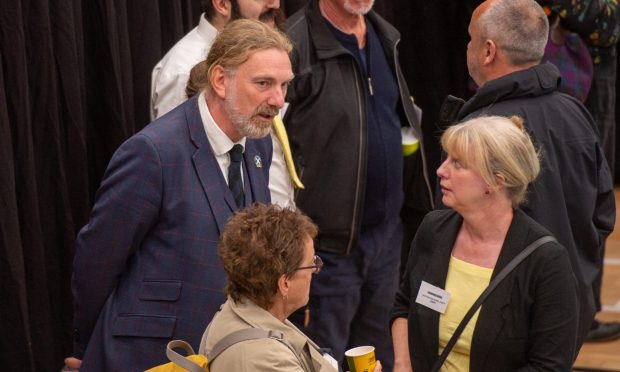
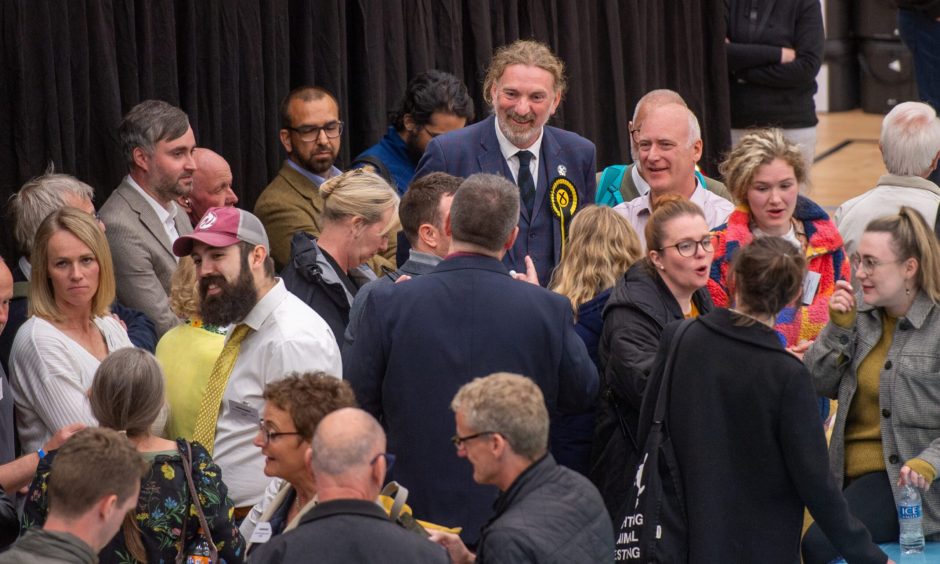


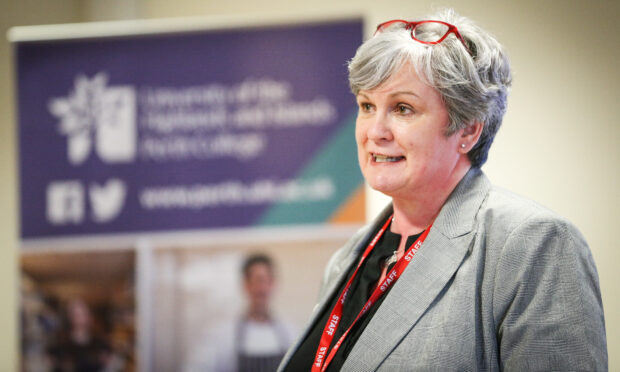
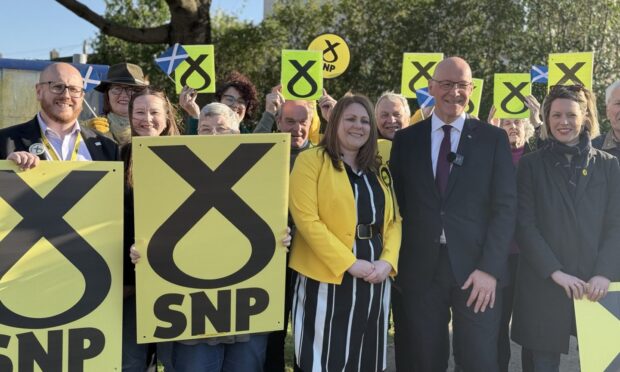
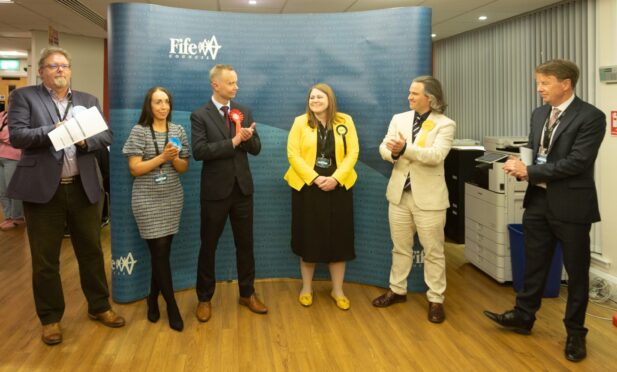
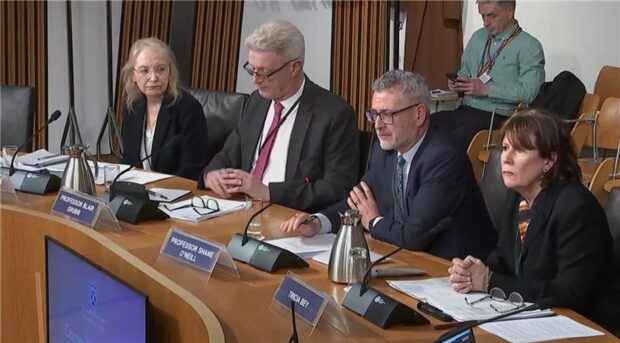

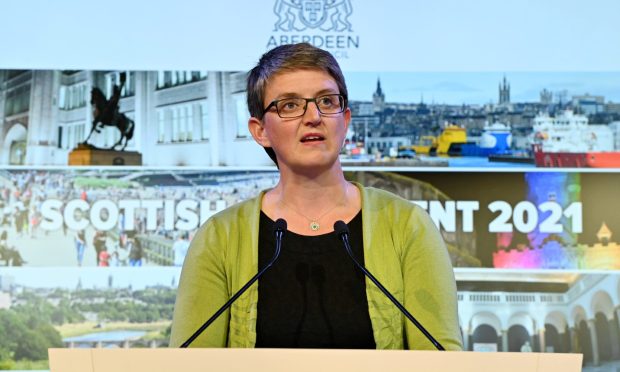
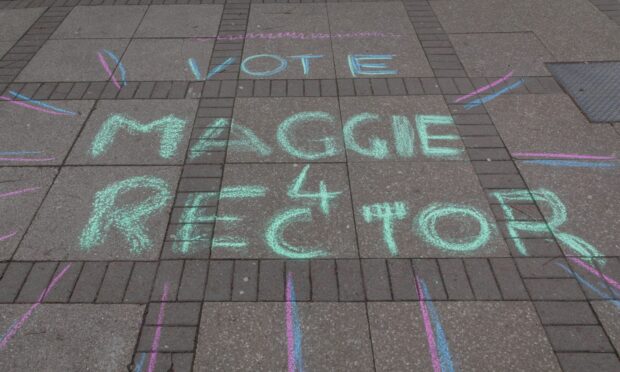

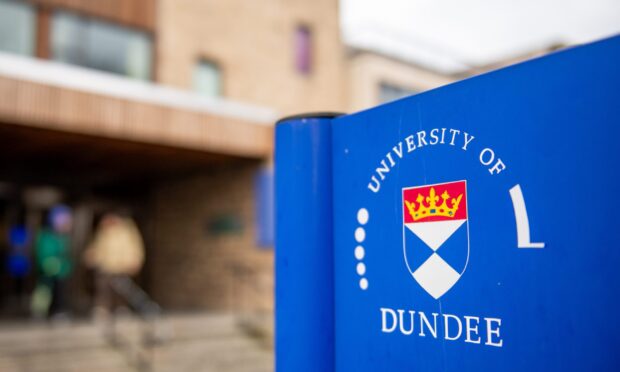

Conversation